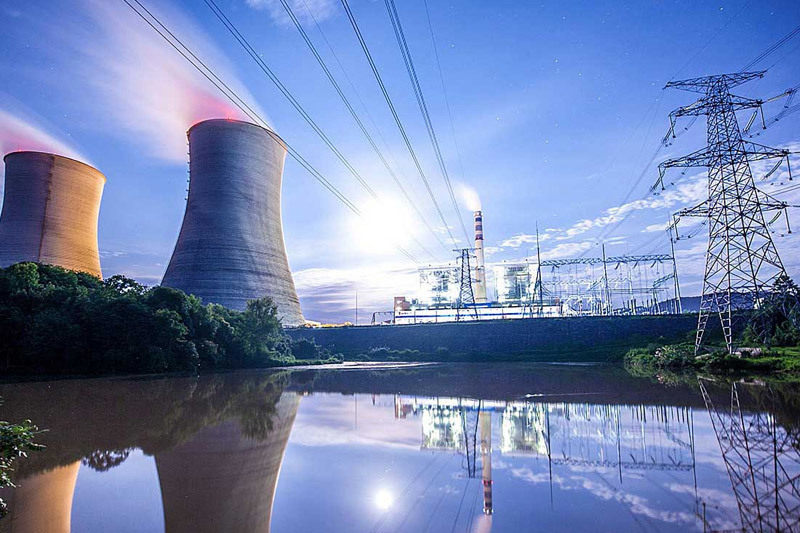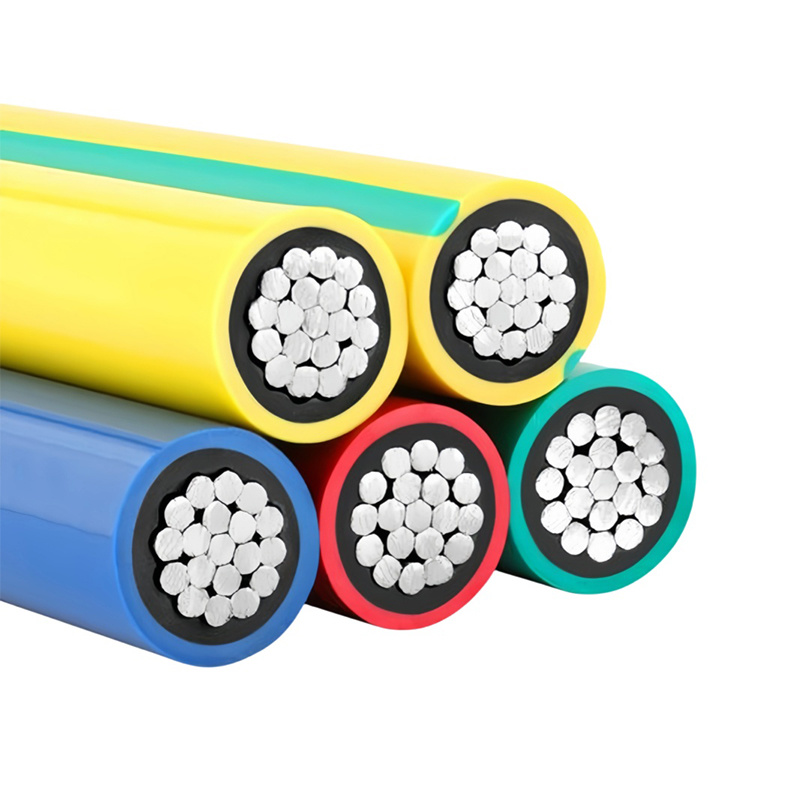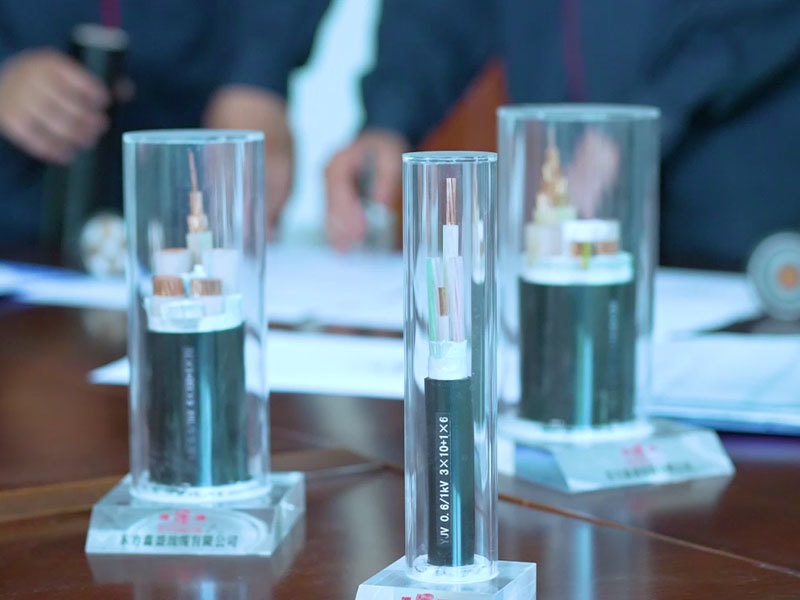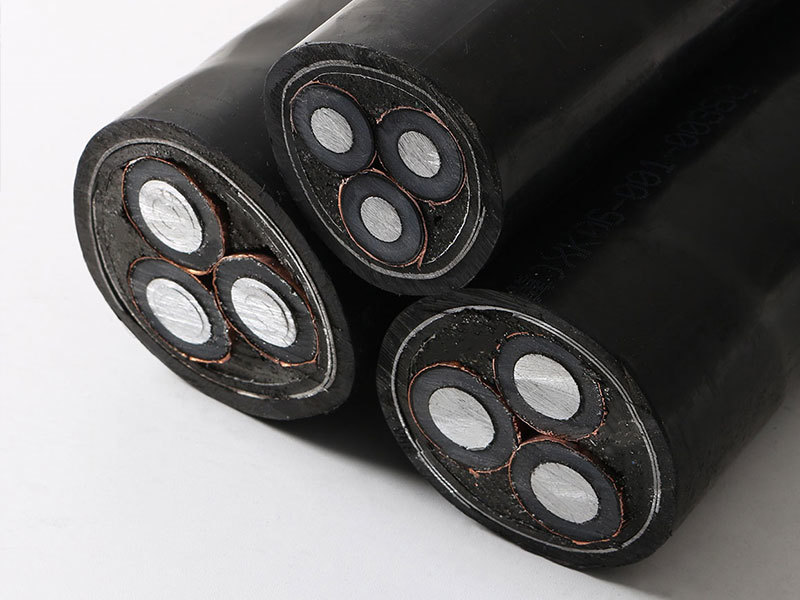Difference between WDZ cable and WDZN cable

1. The main difference between WDZ and WDZN cables is that the conductor of WDZN fire-resistant cable is wrapped with a layer of mica tape, which allows the cable to maintain normal power supply for a period of time under combustion conditions.
2. The main characteristic of WDZ flame-retardant cable is that the cable is not easy to catch fire or the ignition delay is limited to a certain range. It is suitable for places with high cable laying density, such as power stations, subways, tunnels, high-rise buildings, large industrial and mining enterprises, oil fields, coal mines, etc.
3. The main feature of WDZN fire-resistant cable is that the cable can not only transmit electricity under normal working conditions, but also maintain normal operation for a certain period of time during fire and combustion. It is suitable for places related to fire safety and firefighting, such as nuclear power plants, subways, tunnels, high-rise buildings, etc.
4. The principles of fire-resistant cables and flame-retardant cables are different: the flame-retardant principle of halogen containing cables relies on the flame-retardant effect of halogens, while the flame-retardant principle of halogen-free cables relies on the cooling of water to extinguish the fire; Fire resistant cables rely on the fire-resistant and heat-resistant properties of mica materials in the fire-resistant layer to ensure that the cables work properly even in the event of a fire.
TAG:
Related Posts
Analysis of the meaning of the letters in overhead conductor models










